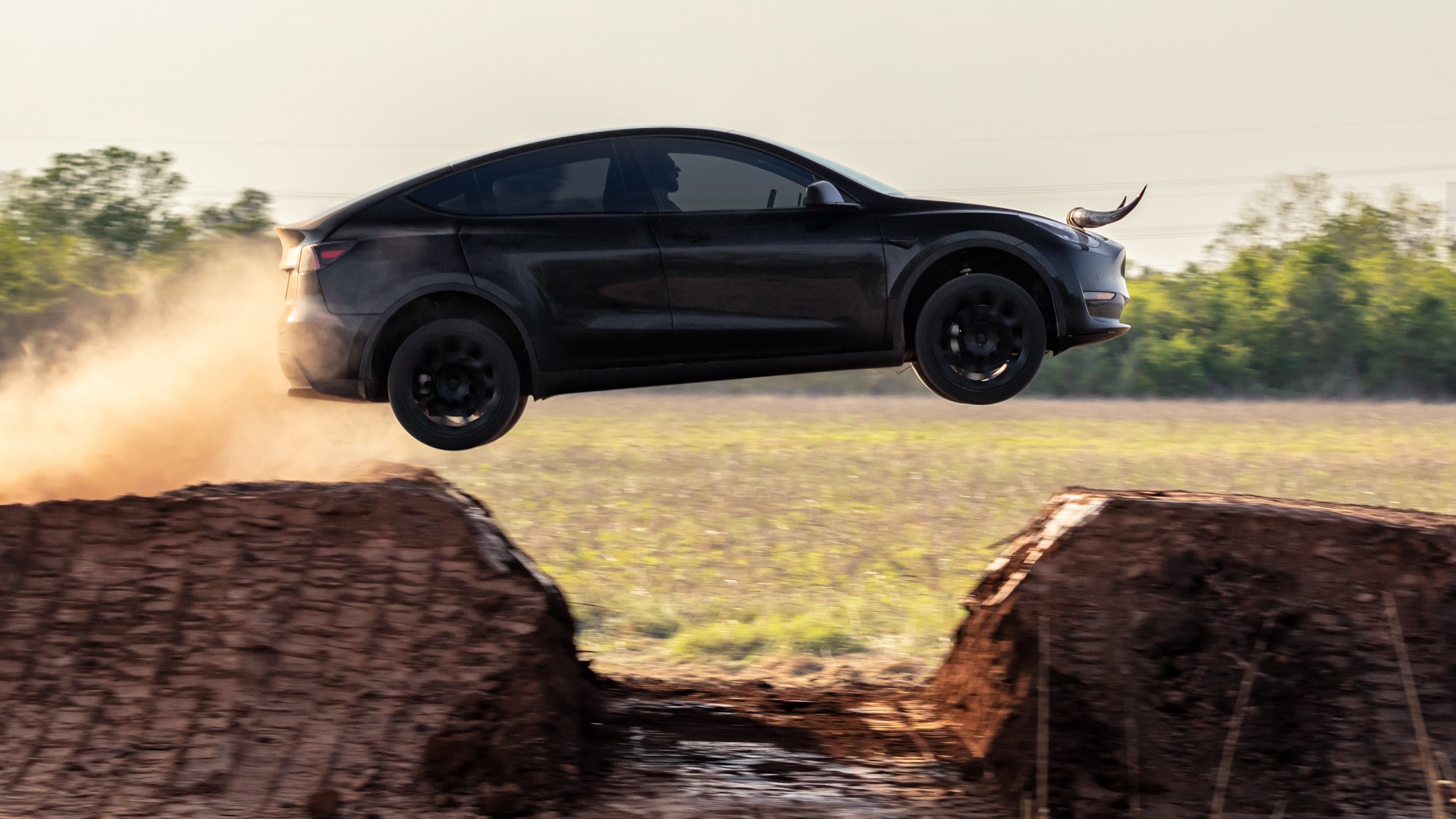Side hustles are no longer optional in South Africa. With food inflation still above 8 percent and electricity, transport and mobile data costs climbing…
Trump wins – Tesla goes beyond $1 Trillion

Donald Trump has had a resurgent year. Tesla? Not so much. The Cybertruck sales aren’t tracking initial reservation demand and full autonomous self-driving functionality still hasn’t cleared all its legal hurdles.
There is also the risk of having its largest production facility, in China, affected by a resurgent trade war.
Elon Musk isn’t averse to risk. Perhaps the only automotive company CEO with a deep understanding of the issues regarding data engineering and software integration, Musk’s technical acumen is unrivalled. As is his focus. Since the passing of Ferdinand Piech, there hasn’t been a car company CEO with the obsessive ability to drive product development like Tesla’s leader.
How does Donald Trump’s election win reorientate Tesla strategy? And potentially: it’s leverage with Big Auto in the US market, both manufacturing and sales?

Self-driving data
Politically, Tesla has been a beneficiary of US Federal and State incentives. For many years, as it was servicing R&D costs and scaling production, California’s generous EV incentives and the US government’s broader Co2 credits secured the cash flow to keep Tesla going. That’s no longer needed.
Product positioning, demand and loyalty are no now trading realities for Tesla. Its cars sell in significant volumes. However, much of Tesla’s market capitalization is not about the potential mechanical functionality of its cars – but rather their software integration. Or rather, their ability to create a trusted driving and device ecosystem that unlocks data-driven revenue unlike any other car company.
That’s where the political alignment becomes an issue. Federal authorities haven’t liberalized safety regulations, which are currently narrowing the application of Tesla’s full self-driving technology. Why is that problematic for Tesla?
For a futurist’s technology car brand Autopilot is novel, but the full self-driving is a big promise that Tesla needs to keep. And if it does, the revenue potential is enormous. How? The vision is that Tesla owners take their cars to work, then’ release’ them throughout the day to operate as autonomous robotaxis.

Insurance, NHTSA and LiDAR
The other data-driven income for Tesla self-driving and advanced collision awareness is insurance. US auto insurance is nearing a $400bn market size. If authorities allow Tesla to deploy all its nascent self-driving and collision avoidance technology, it could possibly start self-insuring cars at a fraction of their current premiums – creating another revenue source rival car companies have no counter for.
Software engineering and integration with Tesla products are reasonably peerless. You’d expect nothing less from a brand with a leader with intrinsic coding expertise. However, Musk has been indifferent to LiDAR sensors to augment Tesla’s cameras. The lack of that complete sensor fusion, has triggered sceptics regarding how deployable full self-driving is for all conditions, including US authorities.
An issue for Tesla’s self-driving is that federal authorities are investigating Tesla crashes where the technology was expected to incept risk and mitigate collisions.
The National Highway Traffic Safety Administration (NHTSA) is currently investigating crashes where full self-driving has been operational. A protracted investigation delays the deployment of full self-driving and robotaxi operations for Tesla.

Trump and Tesla
How does the 2024 Presidential election result reshape Tesla’s ambitions and positioning for next year? Given Donald Trump’s presidential victory, Musk is inarguably in a powerful position. More so than any other car company CEO. But he has to be.
Tesla’s Giga Shanghai factory accounts for nearly half of its global production capacity and Musk needs to ship those cars into the US without crippling tariffs. He also needs to certify his self-driving features in the US.
The Musk/Trump alignment might appear paradoxical to many, but it’s realpolitik for car industry analysts and EV futurists.
Many of legacy car companies’ most recent EV production investments are in Republican strongholds. Communities where these new jobs are valuable and unlikely to be sacrificed by the incoming Republican administration – especially with Musk possibly in an advisory role for government.

Do $7500 EV tax credits matter?
Musk probably won’t get his way to sell cars directly in the several States where Tesla has clashed with legacy business (the dealership lobby), but he could benefit from a broader industry plea for restrained trade policy.
All US manufacturers are sensitive to China component imports, from powertrain battery packs to other advanced parts. Here, Musk and the legacy Big Auto’s interest align in reframing Trump’s thinking about a China tariff stack.
Whether the $7500 EV tax credit incentive is altered doesn’t matter much to Tesla. Or the broader US EV market. With average new car transactional costs so high (edging to $50 000), many EV buyers are simply at an income threshold way beyond the EV tax credit. It’s immaterial to them.
For Tesla and Musk, the new administration’s position on driving data and enhanced vehicle autonomy are where the real urgency lies. Not EV credits or tax incentives.
Before the election there was a narrative that a Trump win would degrade the EV market. With Tesla’s market capitalization cresting $1tr since the election results, EV sentiment has certainly not been crushed.


